Blog
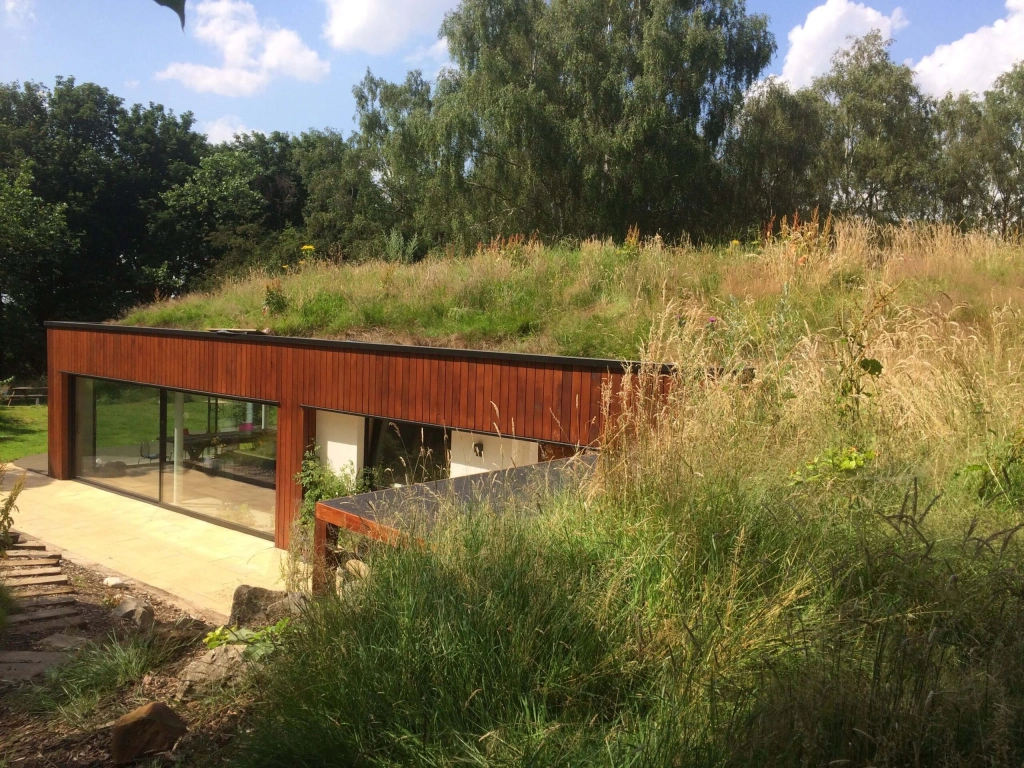
Living differently: houseboats, tiny homes and earth houses — three property formats of the future
Unconventional types of real estate chosen by the bold
When we think of real estate, the first things that come to mind are apartments or houses. Sometimes, when we want to daydream, we picture gleaming white villas.
Yet there is a certain category of people who many might call eccentrics — because they choose decidedly unconventional ways of living.
The real estate video platform Dubadu explores what today’s market can offer such clients.
Also read: The Art of Living Beautifully — How Architecture and Interior Design Shape Real Estate Choices
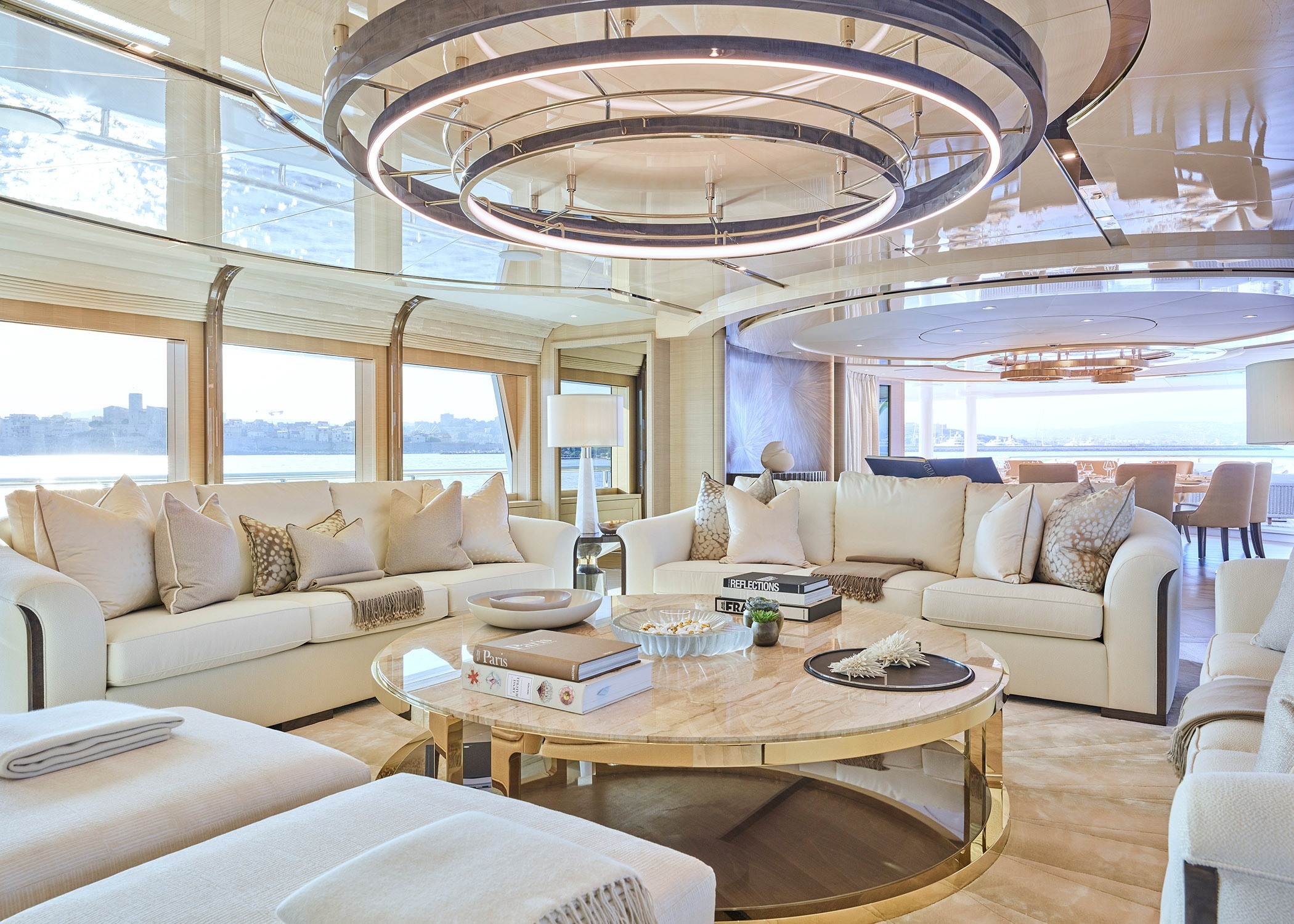
Luxury yacht interior with panoramic windows, plush sofas, and contemporary lighting
Houseboats as a manifesto of freedom in real estate
Perhaps the main reason people choose to live on water is the sense of freedom.
A boat is not tied to a fixed address: you can change cities and countries, chase the sun or the cool, and discover new harbours.
It would be a mistake to think that life on water is possible only on luxury yachts worth millions. Of course, this is the most indulgent way to do it: these floating homes are fitted with everything from solar panels to beautifully designed bathrooms, staffed by professionals, and their owners lack nothing. They can moor in Saint-Tropez or Barcelona, continuing the same luxurious lifestyle they lead on land. It is, undeniably, dolce vita.
But there are also far more modest stories.
For example, a man featured in The Times bought a 35-foot yacht for £55,000 and turned it into his full-time home. He was prompted to make this decision by an early illness that made him realise there was no time to wait — life had to be lived here and now.
He says that, in truth, a person does not need that many things — but proximity to nature and mindfulness are priceless.
Mornings on the water, the quiet of a marina, the sound of waves, the glow of sunsets, the chance to live at a gentler, more sustainable pace — these are the benefits named by those who choose houseboat living.
And contrary to expectations, life on the water can even be cheaper than life in a metropolis.
In major cities like Amsterdam or London, houseboat dwellers say they save on rent, taxes and transport — while living in the very centre, with views money can’t buy.
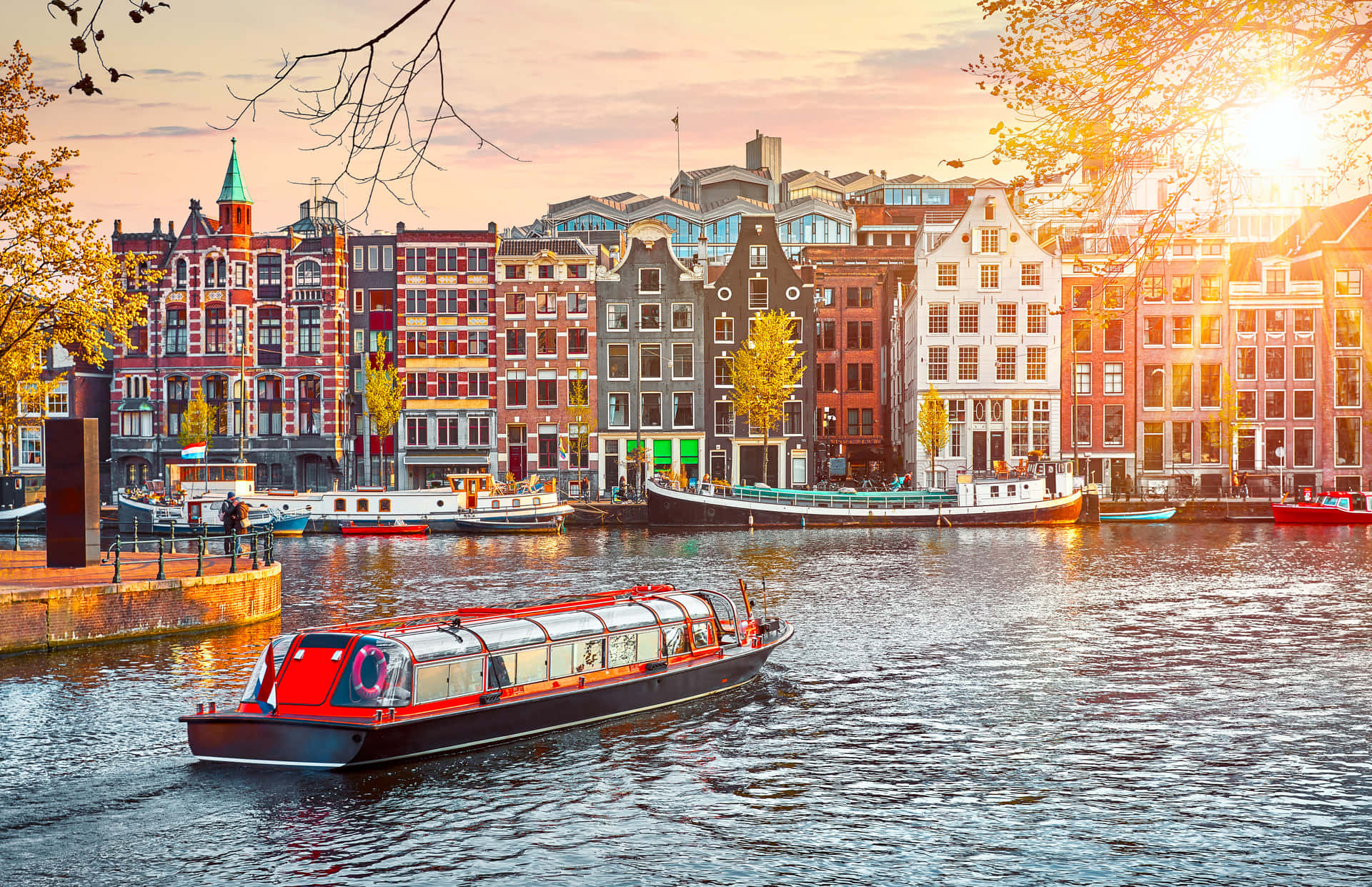
Panoramic view of an Amsterdam canal at sunset with a tour boat and houseboats against historic buildings
Tiny houses — when less means more
Another fascinating choice is the tiny house.
These are compact homes of 15 to 40 square metres, most often mobile or modular.
They first came to prominence in the 1970s, but the format gained real momentum after the 2008 financial crisis. Initially they emerged as a protest against expensive and excessive housing, but they quickly became a phenomenon. They are particularly widespread in the USA, Canada, the Netherlands, Germany, Japan and Australia.
The main reason people choose minimalist homes is the desire to be free from mortgages and geographic ties. Most of these houses are designed on the principle that “every centimetre matters”: with transformable furniture, smart storage solutions and autonomous systems.
They are especially popular among young families and those who want to lead a more sustainable lifestyle.
For example, The Guardian’s heroine Louise Southerden, who wrote an entire book titled Tiny, says she wanted to feel connected to nature, to see trees and sky through her windows, to hear birdsong in the branches and the sound of rain on the roof. All of this — in just 25 square metres, including two loft spaces.
Even the luxury market could not resist the charm of this format.They are like the Pomeranian or Yorkshire terrier of the property world: tiny, but status-laden.
Thus a new segment has emerged — premium tiny houses, built with high-end finishes, smart-home systems and sustainable technologies. Some even manage to fit in spa zones or wine cabinets.
Tiny houses are now seen not as a compromise but as a statement of style — less space, more aesthetics. They are in demand as countryside retreats, guest houses, and investment properties for rental.
Modern tiny houses are dismantling the old stereotype that “small means humble.”
Today they represent an architecture of freedom: from ecological living to concentrated luxury in miniature.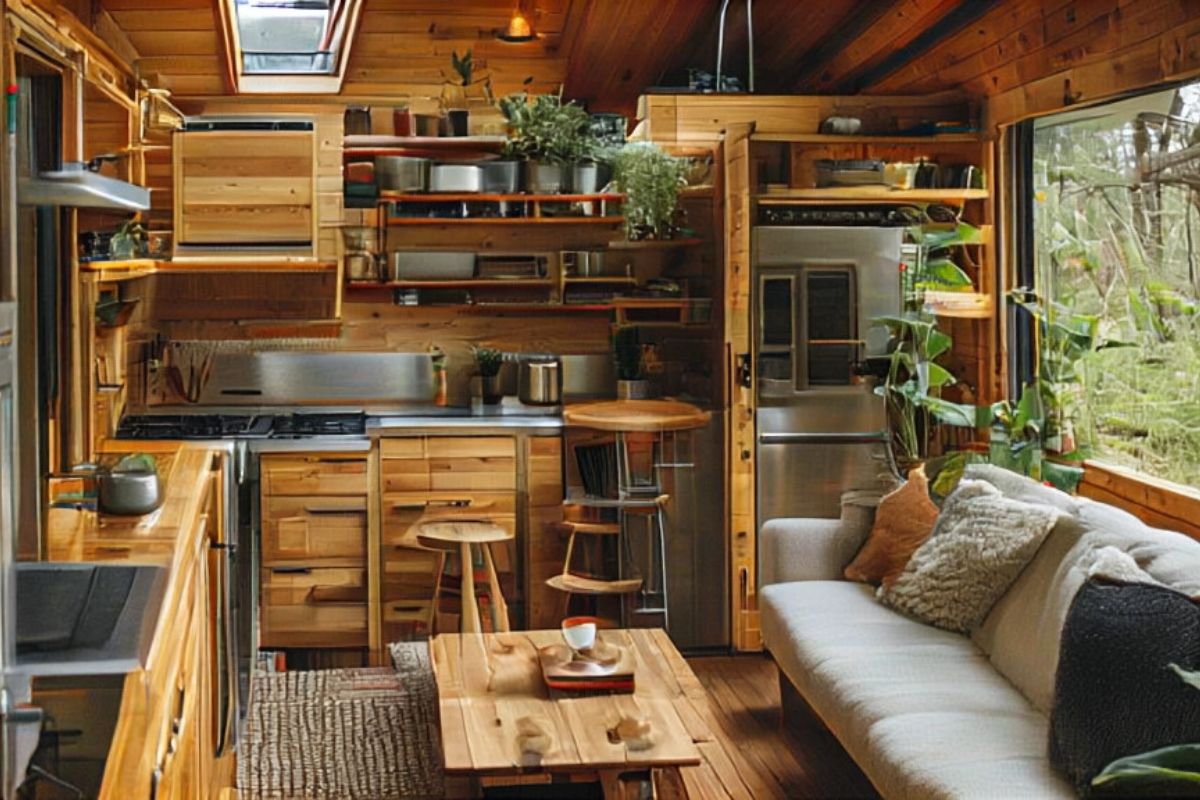
Cozy tiny house interior with wooden finishes, a compact kitchen, large window, green plants, and a comfortable sofa
Earth houses — a super-sustainable trend in real estate
An earth house — also known as an earth-sheltered home — is a unique dwelling covered with soil or built into the slope of a hill. Using earth as an external thermal mass reduces heat loss and helps maintain stable indoor temperatures all year round, with little need for extra equipment.
This is, in fact, one of the oldest forms of human housing — our ancestors lived this way.
The concept had a second birth in the revolutionary 1970s, when American architect Malcolm Wells argued that the future of architecture should be underground — to avoid disturbing the landscape and to conserve resources.
Earth houses are now popular in countries with extreme climates, including Iceland, Switzerland, the United States, Australia and Norway. They are used as eco-homes, boutique hotels and artist residences. Modern projects combine rammed earth or concrete with green roofs and autonomous systems such as solar panels and rainwater collection.
And they are by no means a budget option. In Switzerland, for example, there is a 2,600-square-foot earth house reminiscent of a hobbit dwelling, which went on the market starting at $3.4 million.
Of course, this concept is still far from mainstream, yet as the world becomes more unpredictable, the trend is gathering momentum. Besides being energy efficient, these houses are resilient to storms and wildfires thanks to their protective structure — and they are designed to blend harmoniously into the landscape with their living roofs and walls.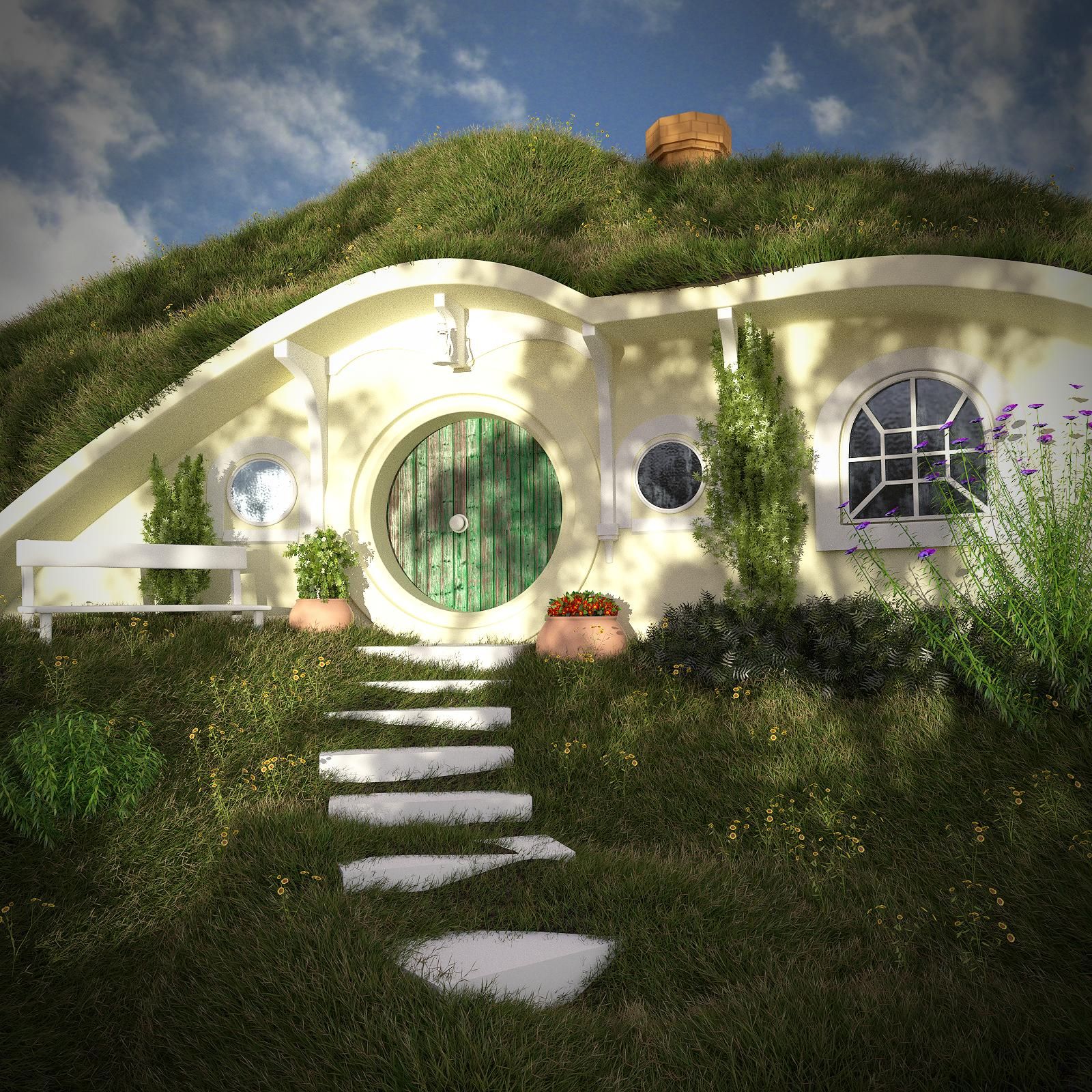
Earth-sheltered house with round doors and windows, built into a grassy hill
Videoplatform Dubadu expands horizons
There will always be people who don’t want to live like everyone else — and that is a good thing. Because everything unconventional makes us think wider, and see opportunities where others see none.
This is exactly what the Dubadu video platform does: helping expand the way we imagine property by offering immersive video tours that instantly convey the atmosphere of a place and allow you to envision how it might feel to live there.
It is better not only to read about homes — but to visit Dubadu and see them with your own eyes.
Dubadu helps you experience not just square metres and floor plans, but the spirit of a home — and perhaps discover the place where a new chapter of your life will begin.